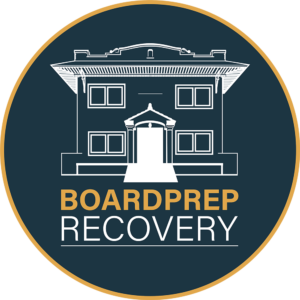Given the recent unprecedented spike in U.S. drug-related fatalities—statistics show in 2020 over 93,000 people died because of drug overdoses, with 75% of those deaths involving an opioid—a study by the National Institute on Drug Abuse (NIDA, part of the National Institutes of Health/NIH), published by the Journal of the American Medical Association Open Network in October 2021, presented data indicating a significant downward trend in buprenorphine misuse[1] between 2015-2019 for those U.S. adults afflicted with an opioid use disorder.
The researchers also found that those who received no opioid dependency treatment and those who lived in rural areas were more likely to misuse buprenorphine. It should be noted that other factors—including race, ethnicity or living in poverty—had no effect on a person’s misuse of buprenorphine. The study’s authors recommend that to more effectively address the current opioid epidemic, both access to and quality of buprenorphine treatment for people with opioid use disorder should be improved.
Wilson Compton, M.D., Deputy Director of NIDA and senior author of the study, summarized the report by saying, “Three-quarters of adults taking buprenorphine do not misuse the drug. Many people with opioid use disorder want help, and as clinicians, we must treat their illness. This study also underscores the urgency of addressing health insurance, economic and geographic disparities in treatment access, to ensure that everyone with opioid use disorder can access this lifesaving medication.”
According to the data derived from the NIDA study, approximately three-fourths of U.S. adults reporting buprenorphine use (in 2019) did not misuse the medication in the past 12 months. Overall, an estimated 1.7 million people reported using buprenorphine as prescribed in the past year, compared with 700,000 people who reported misusing the medication.
Also, there was a significant, five-year decrease in buprenorphine misuse among those with an opioid use disorder, trending downward for the years between 2015-2019, even with an increase in the number of people receiving buprenorphine treatment.
One major concern noted in the study was the finding that, in 2019, less than 1 out of 5 people with a past-year opioid use disorder received any medications to treat their addiction, largely because of the current stigma and barriers to accessing these medications. Per the study’s authors, in order to prescribe buprenorphine for treatment of opioid use disorder, doctors must do so within a certified Opioid Treatment Program, or submit a notice of intent to the federal government, and are limited in how many patients they can treat at one time. Also, there are currently only a small proportion of doctors eligible to treat opioid use disorder with buprenorphine.
Nora D. Volkow, M.D. and Director of NIDA, said, “High quality medical practice requires delivery of safe and effective treatments for health conditions, including substance use disorders. This includes providing lifesaving medications to people suffering from an opioid use disorder. This study provides further evidence to support the need for expanded access to proven treatment approaches, such as buprenorphine therapy, despite the remaining stigma and prejudice that remains for people with addiction and the medications used to treat it.”
And while the U.S. Department of Health and Human Services released updated buprenorphine practice guidelines in April 2021 to increase access to treatment for opioid use disorder, barriers to the use of this treatment still remain, including:
- Provider unease with managing patients with opioid use disorder;
- Lack of adequate insurance reimbursement; and,
- Concerns about risks for diversion, misuse and overdose.
One further important finding from the NIDA study was of the adults with buprenorphine use, those receiving drug treatment were less likely to misuse buprenorphine than those not receiving drug use treatment.
Taken as a whole, this study’s findings highlight the urgent need to expand access to buprenorphine treatment, since getting treatment may help reduce buprenorphine misuse. Furthermore, the research emphasizes the need for increasing access to drug treatment and developing strategies to continue to monitor and reduce buprenorphine misuse.
REFERENCE
B Han, et al. “Trends in and characteristics of buprenorphine misuse among adults in the U.S.” JAMA Network Open. Oct. 2021.
[1] For the purposes of the study, “misuse” was defined as use “in any way that a doctor or physician did not direct you to use them, including (1) use without a prescription of your own; (2) use in greater amounts, more often, or longer than you were told to take them; or (3) use in any other way a doctor did not direct you to use them.” (See References.)







